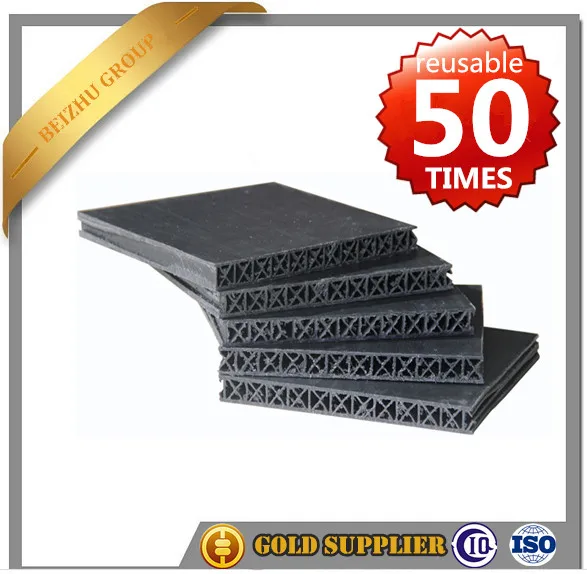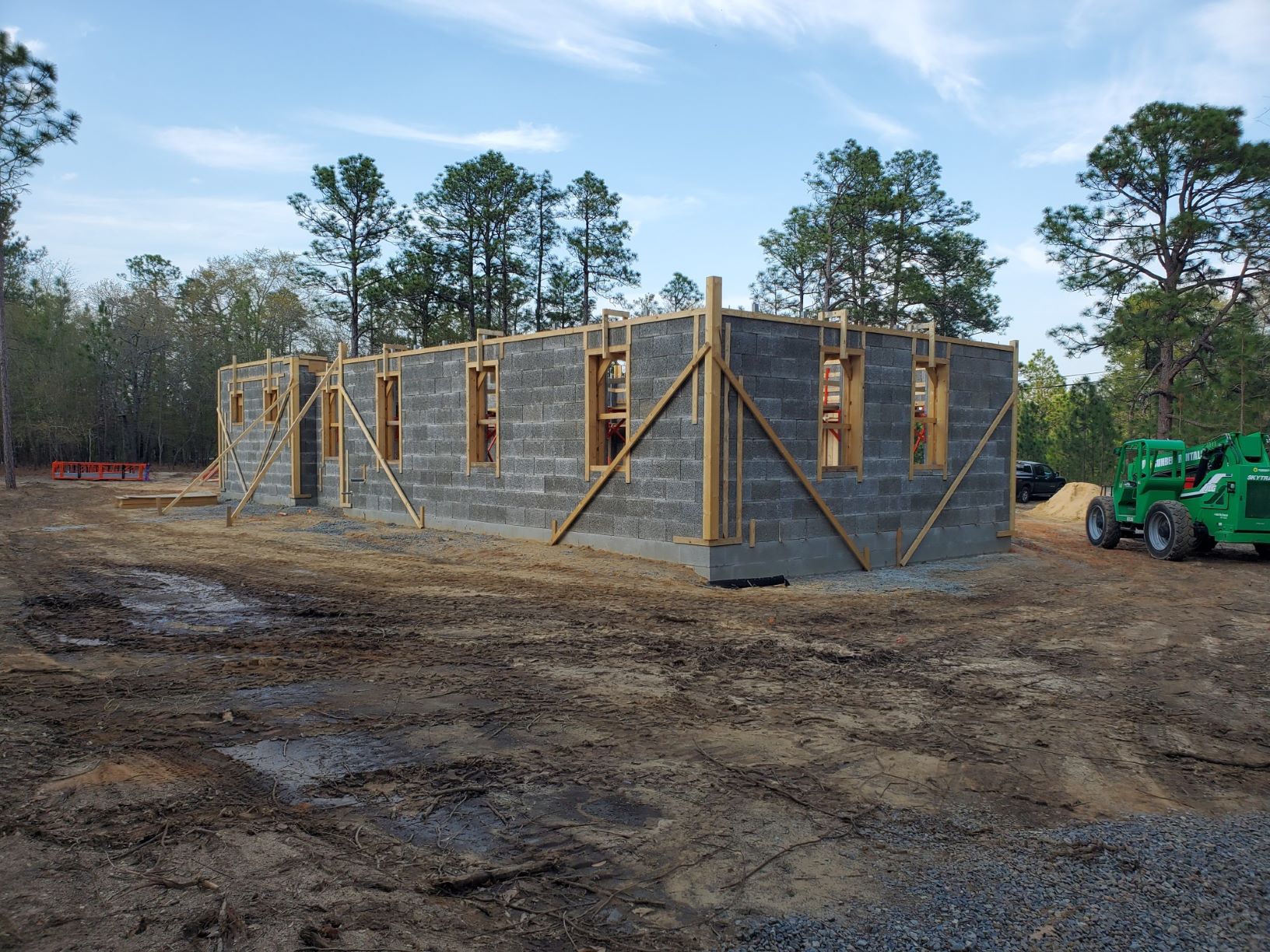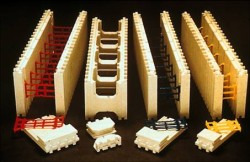

- ICF BLOCKS BASEMTN HOW TO
- ICF BLOCKS BASEMTN INSTALL
- ICF BLOCKS BASEMTN FULL
- ICF BLOCKS BASEMTN CODE
They have an open interior with plastic supports. Insulated Concrete Walls are built using specially designed foam blocks. In the end you will have a poured concrete wall that is sealed and insulated with foam board. More people working means more labor costs. When it comes to building a home, time is money. This adds more time to the home’s construction. This process is time consuming and very labor intensive.Īfter the concrete forms are removed, the walls must be sealed and then insulated. After which time the forms must be dismantled and removed. Then once the concrete has been poured, the forms must be left in place for several days to allow the concrete to set. It takes a lot of time and hard work to construct the wood forms and brace them to hold the heavy concrete.
ICF BLOCKS BASEMTN FULL
Most homes with full basements have poured concrete walls.

ICF stands for Insulated Concrete Forms. But what exactly does that mean? How is it better than older technologies and why would I want it used on my new home?Ĭoncrete walls traditionally have been constructed of either concrete blocks or poured concrete. Pour and level concrete to these pins.Home construction technology and advanced materials have come a long way in recent years.
ICF BLOCKS BASEMTN INSTALL
Lastly, if form material is not used, to set concrete to pour height in earth dug footings install steel rod or wood stake pins every 3 to 4 feet with a level or laser level to your pour height.A slightly rough surface is fine as long as it is level. Third, when you pour your footings, take care that they are level and at correct elevation.The use of admixtures ( water reducers) is highly recommended to give flowability without weakening the concrete much, water alone to loosen concrete should be done sparingly. Second, if pumping, the slump of the concrete will need to be a higher slump, or more flowable mix.(In which case you’ll have to order your mud as a pump mix.) First, if your footings are not accessible by a concrete truck you may have to use a trailer pump, conveyer truck or pump truck to fill the footing.Here are some things to keep in mind during this phase: When your footings are dug and you place and tie your rebar, you are ready for a footing inspection (if applicable) and a call to your local concrete provider. 7 Applicable also for 9.5-inch (241-mm) thick flat ICF foundation wall story supporting 5.5-inch (140-mm) thick flat ICF stories. 6 Applicable also for 7.5-inch (191-mm) thick or 9.5-inch (241-mm) thick flat ICF foundation wall supporting 3.5-inch (88.9-mm) thick flat ICF stories. Refer to Section 2.0 for actual waffle/screen-grid thickness and dimensions.

5 Actual thickness is shown for flat walls while nominal thickness is given for waffle- and screen-grid walls. 4 Basement walls shall not be considered as a story in determining footing widths. 3 Table values are based on 32 ft (9.8 m) building width (floor and roof clear span). 2 Footings shall have a width that allows for a nominal 2-inch (51-mm) projection from either face of the concrete in the wall to the edge of the footing. Because different engineers recommend various footing thicknesses and widths, we are providing two footing charts for your convenience.įor SI: 1 foot = 0.3048 m | 1 inch = 25.4 mm | 1 psf = 47.8804 Paġ Minimum footing thickness shall be the greater of one-third of the footing width, 6 inches (152 mm), or 11 inches (279 mm) when a dowel is required in accordance with Section 6.0.

There are a variety of factors that play into the design of a foundation:īuildBlock highly recommends the consultation of a structural engineer familiar with your region’s soil load bearing capacities for accurate footing designs. Most building professionals seek the services of a structural engineer. Keep in mind there are a variety of factors that play into the design of a foundation. This step will avoid costly structural problems and assure your structure sits on a proper foundation. If you are planning to build in an area that has no restrictions regarding footing size and re-enforcing standards, BuildBlock recommends you seek a local structural engineer to specify your load requirements and footing sizings. They vary dramatically across the country.
ICF BLOCKS BASEMTN CODE
They are regulated, standardized and inspected by local building code officials.
ICF BLOCKS BASEMTN HOW TO
How to Build: Footings (to Applicable Codes)įootings distribute loads from the structure to the ground and in most cases are either specified by an engineer or architect.


 0 kommentar(er)
0 kommentar(er)
